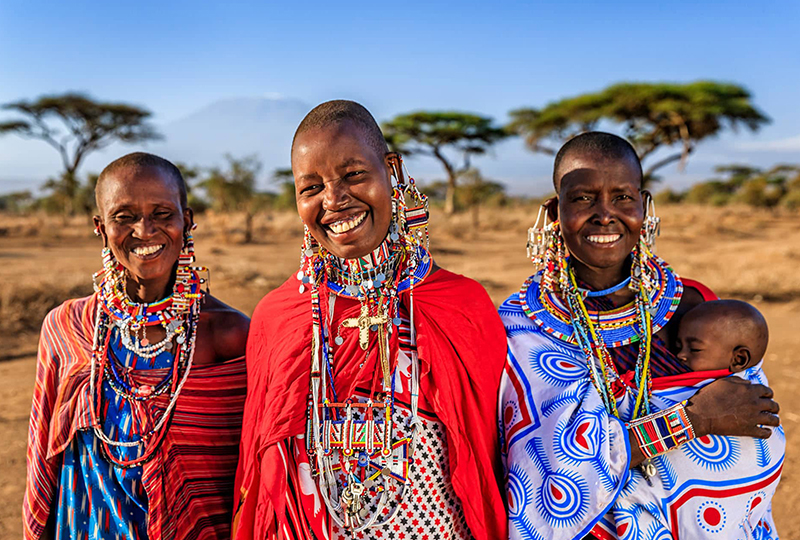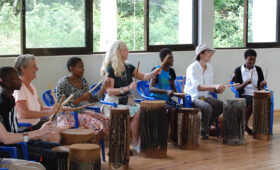Maasai Beadwork: Meaning, Colors & Traditions
The Maasai people of Tanzania and Kenya are internationally recognized for their striking beadwork, colorful jewelry worn proudly by both men and women. But these beads are far more than decorative. Each color, pattern, and design tells a story of identity, community, and tradition passed down through generations.
At Mandari Travel, we offer immersive cultural experiences where you can connect directly with Maasai artisans, learn the meanings behind their craft, and even try your hand at bead-making.
The Art of Maasai Beadwork
Beading is an ancient art form deeply embedded in Maasai culture. Traditionally made from bones, seeds, and clay, modern beadwork now uses brightly colored glass beads imported from Europe. Despite this shift, the symbolism and spiritual meaning behind each piece remains unchanged.
Maasai beadwork is crafted primarily by women and used in jewelry such as necklaces, earrings, collars, belts, and headdresses. These items are worn during ceremonies like weddings, coming-of-age rituals, and community gatherings, reflecting social status, age group, and marital status.
The Colors and Their Meanings
Each bead color carries a specific meaning in Maasai culture:
- Red – Symbolizes bravery, strength, and unity. It also represents the blood of cattle, central to Maasai life.
- Blue – Represents energy and the sky, which provides water for the land and livestock.
- White – Signifies purity and health, often associated with milk, another staple in the Maasai diet.
- Green – Stands for nourishment and the land, which provides food and sustenance.
- Orange – Reflects warmth, hospitality, and generosity.
- Yellow – Denotes fertility and growth, often seen in celebrations and ceremonies.
- Black – Symbolizes the people and the hardships they endure.
Each piece of jewelry is thoughtfully designed with these meanings in mind, no pattern is random.
Beadwork as a Cultural Tradition
Beadwork is more than art; it’s a way of life. Maasai girls begin learning beading skills from a young age, guided by their mothers and grandmothers. Through this practice, knowledge is preserved, and cultural identity is strengthened.
Beaded jewelry also plays a significant role in Maasai rituals. For example:
- Engagement collars are made by a bride’s mother and worn during weddings.
- Warrior bands signify a young man’s transition into adulthood.
- Necklaces and earrings tell stories of a person’s life journey, including age, marital status, and social rank.
Experience Maasai Beadwork with Mandari Travel
Travel with us to Ngorongoro, Longido, or Monduli where you’ll visit Maasai communities and meet the artisans behind these stunning creations. Learn the techniques, hear the stories, and purchase handmade beadwork that directly supports local women and families.
Email us at: info@mandaritravel.com
Call/WhatsApp: +255 750 900 811
Let us design a cultural tour that includes meaningful encounters with the Maasai people and their remarkable art.
Request a Quote
Fill out the form below to start planning your Maasai cultural experience:




